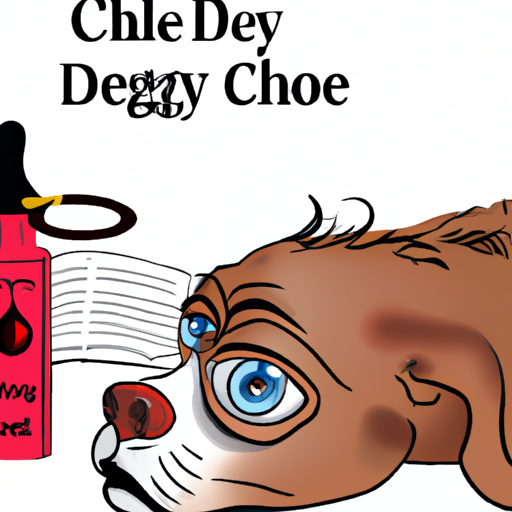Understanding Cherry Eye
Cherry eye, you’ll soon discover, is a common condition in dogs. The term “cherry eye” refers to the prolapse of the third eyelid gland, causing a red, swollen mass to appear in the corner of the dog’s eye. Your dog’s eyes are as precious as your own, and it’s crucial to understand that this condition, while alarming, is generally not a life-threatening one. It may cause discomfort and potential vision problems, though, so it’s important to address it as soon as possible.
Spotting the Symptoms
How do you know if your dog has a cherry eye? Here are some common signs:
- A noticeable red, swollen mass in the corner of the eye.
- Frequent pawing at the eye or rubbing the face.
- Watery eyes or unusual discharge.
In addition to these symptoms, you might notice a change in your dog’s behavior, such as increased anxiety or loss of appetite. It’s always good to err on the side of caution and consult with a vet if you notice any of these signs.
Treatment Options
There are a few treatment options available when it comes to cherry eye:
-
Manual Repositioning: This non-surgical method involves massaging the gland back into place. It’s not a permanent solution, but it can provide temporary relief.
-
Surgery: This is the most recommended treatment method for cherry eye. There are two types of surgeries: gland repositioning, and gland removal. Gland removal is usually the last resort as it can lead to a lifetime of dry eye.
-
Medication: Some veterinarians may recommend a course of anti-inflammatory medication or eye drops to reduce swelling and discomfort.
| Treatment Method | Pros | Cons |
|---|---|---|
| Manual Reposition | Non-invasive, Instant relief | Not a permanent solution |
| Surgery | Permanent solution | Invasive, Can be costly |
| Medication | Non-invasive, Can reduce swelling | Doesn’t address root cause |
Preventing Cherry Eye
While it’s not always possible to prevent cherry eye, there are steps you can take to promote overall eye health for your dog:
- Regular check-ups with your vet can help catch any potential issues early.
- Good nutrition can boost your dog’s overall health, including eye health.
- Avoid trauma to the eye, such as rough play or exposure to irritants.
Caring for Your Dog Post-Treatment
After your dog has been treated for cherry eye, it’s important to continue caring for their eye health. This could include:
- Regular follow-ups with the vet.
- Applying prescribed medication as directed.
- Preventing your dog from scratching or rubbing their eye.
- Monitoring for any recurrence of the condition.
Frequently Asked Questions
Q: Is Cherry eye painful for dogs?
A: While it can cause discomfort, cherry eye is not typically painful. However, if left untreated, it can lead to more serious issues like dry eye or corneal ulcers.
Q: Can cherry eye go away by itself?
A: In some cases, cherry eye may resolve on its own, but it’s always best to consult with your vet to avoid potential complications.
Q: Is cherry eye a sign of underlying disease?
A: Not usually. Cherry eye is typically a standalone issue, though it may be more common in certain breeds.
Remember, as a caregiver to your furry friend, your vigilance and proactive care can make all the difference in their health and happiness. Don’t hesitate to consult with your vet if you have any concerns about your dog’s eyes.



